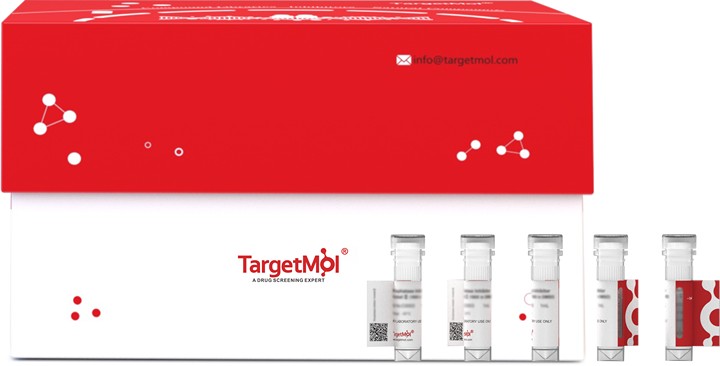Shopping Cart
- Remove All
 Your shopping cart is currently empty
Your shopping cart is currently empty

Initiates the repair of damaged proteins by catalyzing methyl esterification of L-isoaspartyl and D-aspartyl residues produced by spontaneous isomerization and racemization of L-aspartyl and L-asparaginyl residues in aging peptides and proteins. Protein-L-isoaspartate Protein, Drosophila melanogaster, Recombinant (His & Myc) is expressed in E. coli expression system with N-10xHis and C-Myc tag. The predicted molecular weight is 32.0 kDa and the accession number is Q27869.

| Pack Size | Price | Availability | Quantity |
|---|---|---|---|
| 20 μg | $360 | 20 days | |
| 100 μg | $745 | 20 days | |
| 1 mg | $2,530 | 20 days |
| Biological Activity | Activity has not been tested. It is theoretically active, but we cannot guarantee it. If you require protein activity, we recommend choosing the eukaryotic expression version first. |
| Description | Initiates the repair of damaged proteins by catalyzing methyl esterification of L-isoaspartyl and D-aspartyl residues produced by spontaneous isomerization and racemization of L-aspartyl and L-asparaginyl residues in aging peptides and proteins. Protein-L-isoaspartate Protein, Drosophila melanogaster, Recombinant (His & Myc) is expressed in E. coli expression system with N-10xHis and C-Myc tag. The predicted molecular weight is 32.0 kDa and the accession number is Q27869. |
| Species | Fruit fly |
| Expression System | E. coli |
| Tag | N-10xHis, C-Myc |
| Accession Number | Q27869 |
| Synonyms | Protein-L-isoaspartate(D-aspartate) O-methyltransferase,Protein-beta-aspartate methyltransferase,Protein L-isoaspartyl/D-aspartyl methyltransferase,Pcmt,L-isoaspartyl protein carboxyl methyltransferase,dPIMT |
| Amino Acid | MAWRSVGANNEDLIRQLKDHGVIASDAVAQAMKETDRKHYSPRNPYMDAPQPIGGGVTISAPHMHAFALEYLRDHLKPGARILDVGSGSGYLTACFYRYIKAKGVDADTRIVGIEHQAELVRRSKANLNTDDRSMLDSGQLLIVEGDGRKGYPPNAPYNAIHVGAAAPDTPTELINQLASGGRLIVPVGPDGGSQYMQQYDKDANGKVEMTRLMGVMYVPLTDLRS |
| Construction | 1-226 aa |
| Protein Purity | > 85% as determined by SDS-PAGE. |
| Molecular Weight | 32.0 kDa (predicted) |
| Endotoxin | < 1.0 EU/μg of the protein as determined by the LAL method. |
| Formulation | If the delivery form is liquid, the default storage buffer is Tris/PBS-based buffer, 5%-50% glycerol. If the delivery form is lyophilized powder, the buffer before lyophilization is Tris/PBS-based buffer, 6% Trehalose, pH 8.0. |
| Reconstitution | Reconstitute the lyophilized protein in sterile deionized water. The product concentration should not be less than 100 μg/mL. Before opening, centrifuge the tube to collect powder at the bottom. After adding the reconstitution buffer, avoid vortexing or pipetting for mixing. |
| Stability & Storage | Lyophilized powders can be stably stored for over 12 months, while liquid products can be stored for 6-12 months at -80°C. For reconstituted protein solutions, the solution can be stored at -20°C to -80°C for at least 3 months. Please avoid multiple freeze-thaw cycles and store products in aliquots. |
| Shipping | In general, Lyophilized powders are shipping with blue ice. Solutions are shipping with dry ice. |
| Research Background | Initiates the repair of damaged proteins by catalyzing methyl esterification of L-isoaspartyl and D-aspartyl residues produced by spontaneous isomerization and racemization of L-aspartyl and L-asparaginyl residues in aging peptides and proteins. |

Copyright © 2015-2025 TargetMol Chemicals Inc. All Rights Reserved.